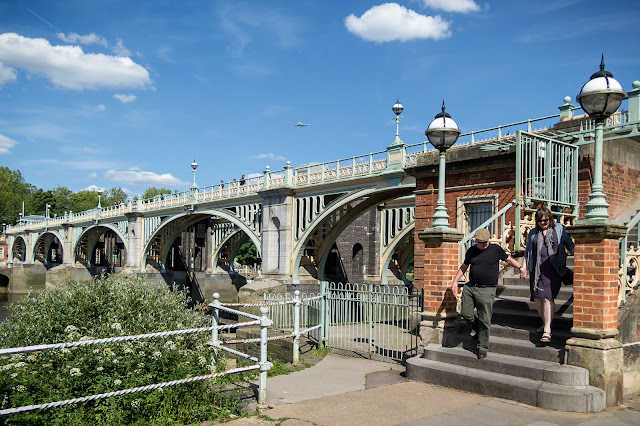Here's a collection of photos from the last few days to bring everything up to date (but not for long!)
 |
| 22 June – The pleasure of pitch and putt in Padstow. |
 |
| 23 June – Time to return to London, but not before a stop in Padstow and a last look at the harbour. |
 |
| 24 June – Back to work and this is the view from my office. |
 |
| 25 June – The Walkie-Talkie is still trying to convince me that it is a really beautiful building. |
 |
| 26 June – a stroll by the River Thames at Twickenham. |
 |
| 27 June – London W1A 1AA |
 |
| 28 June – a little vase we have at home. Refined pottery it isn't, but I love the colours. |

























